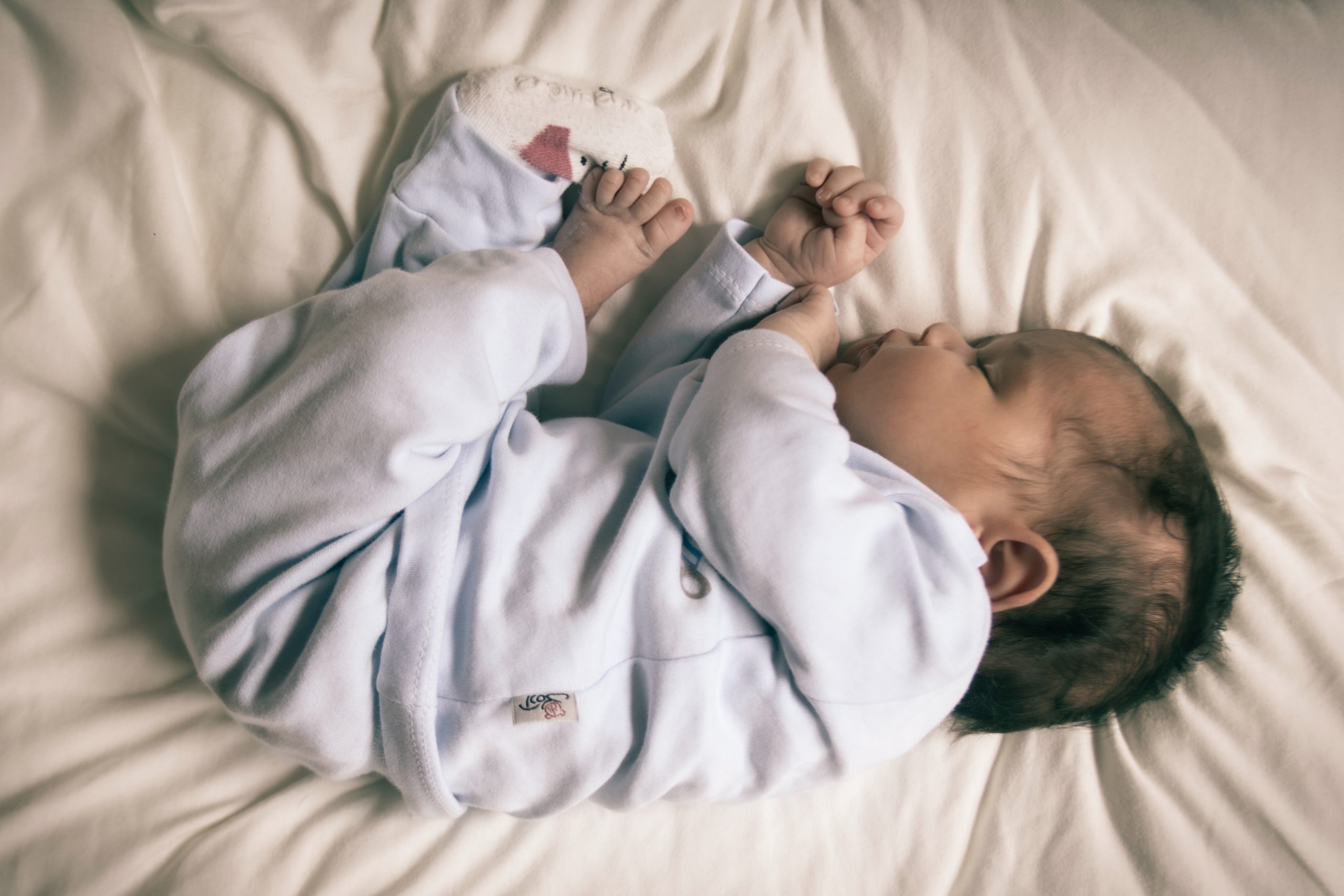The Science Behind Baby Sleep: What Really Works

As new parents, getting your baby to sleep can feel like an impossible task. From the moment your little one arrives, you’re bombarded with advice on how to make them sleep, from rocking, singing, and swaying to the use of white noise and pacifiers. It’s easy to get overwhelmed with all the information, and it can be hard to know what really works and what is just a myth. In this blog post, we’ll take a closer look at the science of baby sleep and explore some strategies that can help your baby (and you!) get the rest you need.
It’s essential to understand the importance of sleep for your baby’s development. Sleep plays a crucial role in the growth and development of the brain, as well as the immune system. Adequate sleep also helps with regulating emotions and behavior, promoting learning and memory, and supporting physical growth. For example, research has shown that babies who get enough sleep tend to have better cognitive abilities, and are better at problem-solving and decision-making than those who don’t. Additionally, a lack of sleep can lead to mood swings, irritability, and behavioral issues in babies and parents.
Understanding Your Baby’s Sleep Needs
Every baby is different, and understanding your baby’s unique sleep needs is key to helping them get the rest they need. The American Academy of Pediatrics recommends that infants aged 4-12 months old get between 12-16 hours of sleep per day, which includes naps. However, every baby is unique, and some may require more or less sleep. It’s essential to pay attention to your baby’s cues and patterns to get a better understanding of their sleep needs. For example, if your baby is showing signs of tiredness like rubbing their eyes or becoming fussy, it’s likely time for a nap. Additionally, it’s important to understand that as your baby grows, their sleep needs will change, and it’s essential to adjust your expectations and routines accordingly.
Creating a Sleep-Friendly Environment
Creating a sleep-friendly environment is crucial for helping your baby fall asleep and stay asleep. A dark, quiet, and cool room is ideal for sleep. Using white noise or a fan can also be helpful in creating a soothing environment. Additionally, it’s essential to establish a consistent bedtime routine that includes activities like a warm bath, reading, or singing. This can help signal to your baby that it’s time for sleep, and create a sense of familiarity and security. For example, a bedtime routine of a warm bath, a story, and a lullaby can help your baby relax and prepare for sleep.
Sleep Training
That’s a controversial topic among parents, with some advocating for methods like “cry it out” and others advocating for a more gradual approach. But what does the science say? The research suggests that a gradual approach, such as the “camping out” method, is the most effective and least disruptive for both the baby and the parent. This method involves sitting by your baby’s crib while they fall asleep and gradually moving further away until you’re no longer in the room. This approach allows your baby to learn how to fall asleep on his own, while still providing a sense of security and comfort. It’s important to note that sleep training is not a one-size-fits-all solution, and it’s essential to be flexible and adapt to your baby’s needs.
Common Misconceptions and Myths
As new parents, it’s easy to get caught up in the many myths and misconceptions surrounding baby sleep. A common one is that babies should sleep through the night from a young age. However, this is not a realistic expectation for most babies, and it’s essential to understand that night waking is a normal part of development. Another myth is that babies should be able to “self-soothe” and fall asleep on their own from the start. However, babies are not developmentally capable of this until around 6 months old. It’s important to remember that every baby is different and what works for one may not work for another.
So there you have it, but remember, every baby is different, and it may take some trial and error to find what works for you and your baby. But don’t worry, you’re not alone in this journey and there’s always a solution. Just think of it like a game of detective, you’ll be solving the mystery of your baby’s sleep patterns in no time! So, cheers to good sleep, happy babies and well-rested parents!
